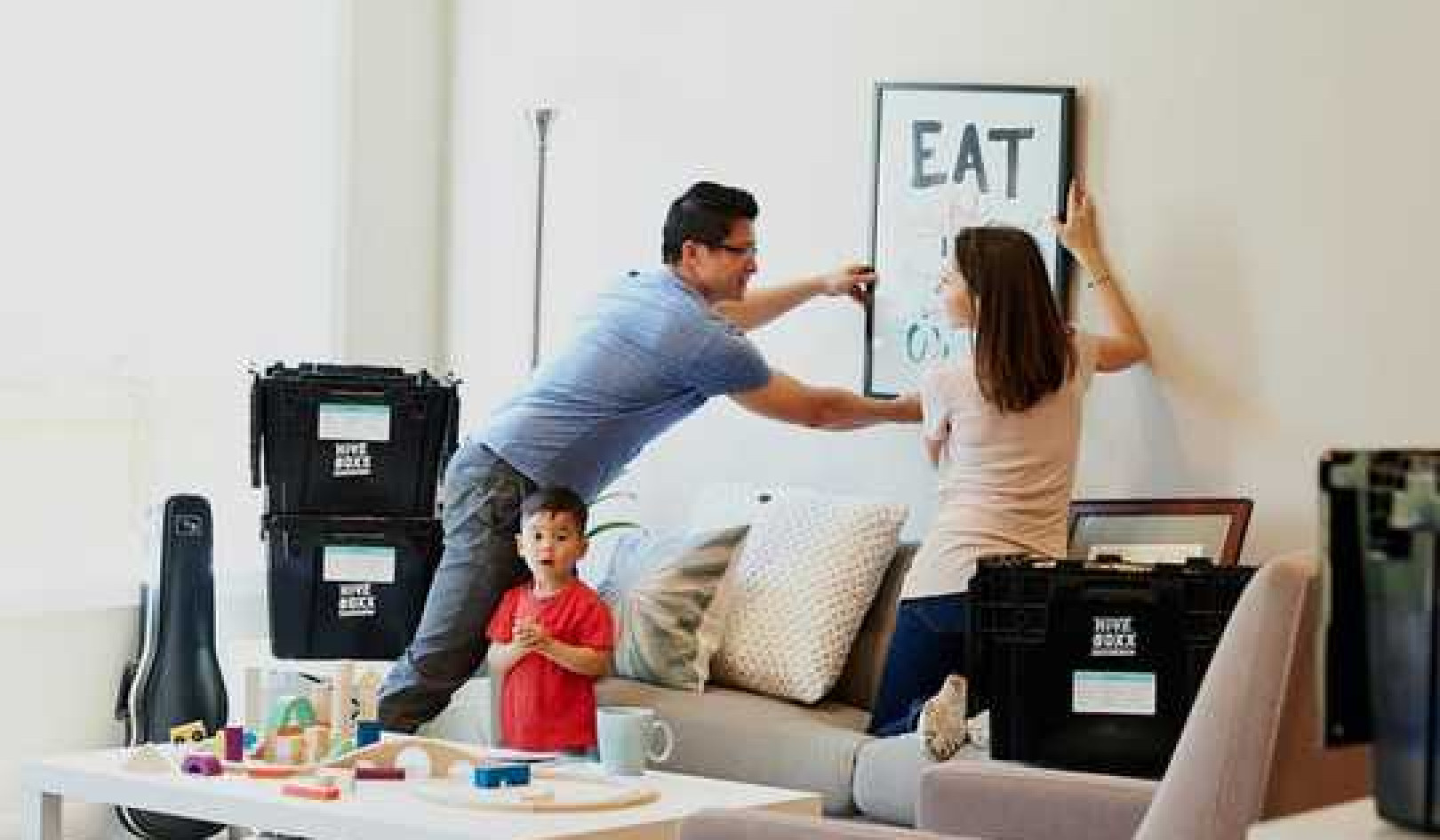
The natural order of the classroom has always been for pupils to sit. Whether this involves, talking, discussing, working in groups, or listening to the teacher, most of the time this is all done from the comfort of a chair. ![]()
Most primary school children spend on average, 70% of their classroom time sitting down. Outside the classroom, the number of children walking to school has decreased and, at the same time, many more children are spending longer staring at screens. Children aged five to 16 now spend an average of six and a half hours a day in front of a screen compared with around three hours in 1995.
In light of these changes to children’s habits outside school, how children spend their time in school is becoming increasingly more important. And the UK government’s recent childhood obesity strategy recommends “active lessons” as one way schools can work towards providing children with at least 30 minutes of physical activity during the school day.
The benefits of an active classroom
It is becoming increasingly clear that in adults a lifetime of sitting can lead to a higher risk of early death, type two diabetes, and heart disease. And while the evidence is still limited when it comes to children’s health, there is certainly an argument that, as sedentary behaviour habits are formed early in life, targeting children is a logical step.
Perhaps more important for schools is the growing evidence that points to a link between increased physical activity in the classroom and educational benefits. This includes improved attention to tasks, as well an an increase in pupil’s enjoyment of lessons and motivation to learn. And for some pupils in certain subjects academic achievement has also been shown to improve.
Walk like an Egyptian
Of course, many teachers already lead an active classroom, and many more may only need to tweak their teaching practice a little to make them more active. A range of initiatives to introduce physical activity into the classroom have been trialled in some countries such as the US and Australia. Typically these studies have implemented either physically “active breaks”, or physically “active lessons”.
An active break is a short interjection of a few minutes to perform some simple physical activity. And this could include children moving around the classroom pretending to be a certain animal, or even someone from a certain period of history.
In some cases curriculum content can be also integrated into these breaks, for example by jumping or squatting a number of times to indicate the answer to a mathematical question.
Physically active lessons go further than this and actually “teach through movement” for a portion of, or even the whole of a lesson. As an example imagine younger primary children physically embodying punctuation marks as a classmate reads aloud a passage from a book.
Physically active learning
This is why at Loughborough University we are leading a project called Class Pal to help get children in the classroom moving. As part of the project, we have worked collaboratively with teachers to develop a one-day training workshop. This gives educators the chance to develop and share ideas – along with methods on how to better implement “active” teaching.
As well as the workshop, we’ve also set up a website with online examples of active breaks and lessons. Over the 2016-17 academic year we are evaluating how teachers use this training to create a more active classroom.
{vimeo}182069184{/vimeo}
This evaluation includes investigating what processes and structures within the school support active classrooms – and what the challenges are to delivery. This is all in an effort to better evolve the support for teachers in this emerging area.
Jump around
Given that schools have the reach to target children from all backgrounds, there is clearly an opportunity to try to help alter this culture of sitting by offering physically active learning in classrooms.
Schools are often set up to be the panacea to cure societal ills – and their staff’s responsibilities and workloads only ever seem to grow.
But we believe that by supporting teachers to make small changes to their routine practice, a more active, fun, and engaging classroom environment can be created for both pupils and teachers alike.
About The Author
Ash Routen, Research Associate in Physical Activity and Public Health, Loughborough University and Lauren Sherar, Senior Lecturer in Physical Activity and Public Health, Loughborough University
This article was originally published on The Conversation. Read the original article.
Related Books
at InnerSelf Market and Amazon

























